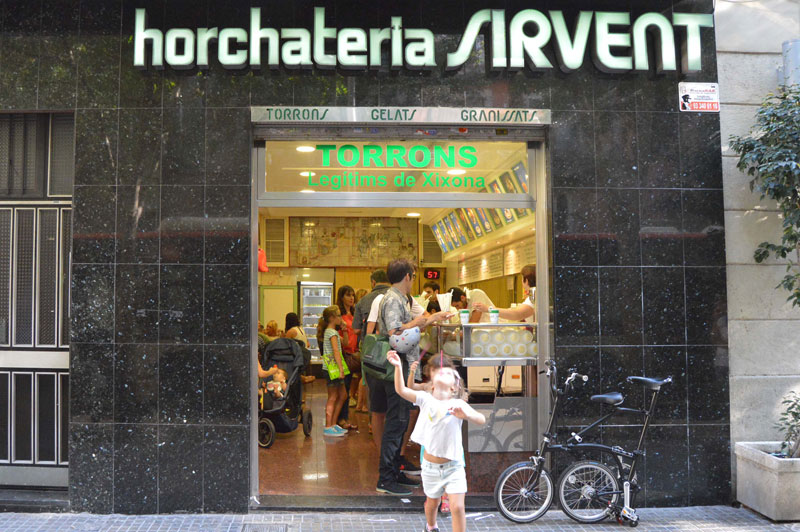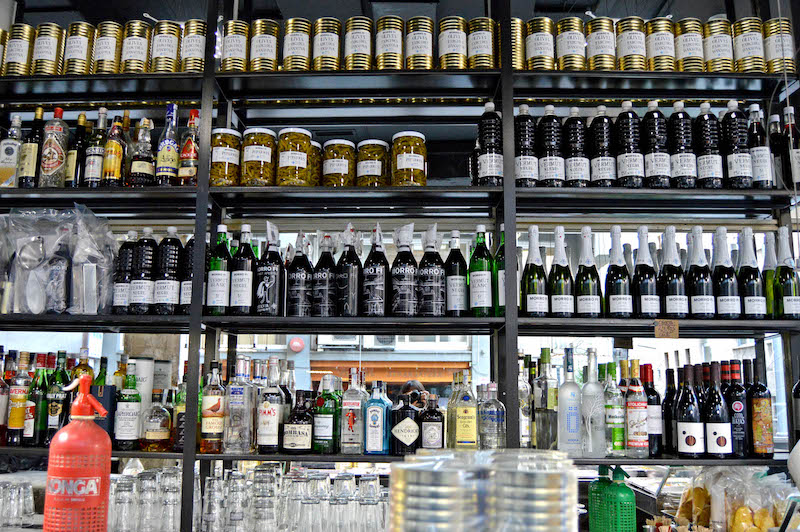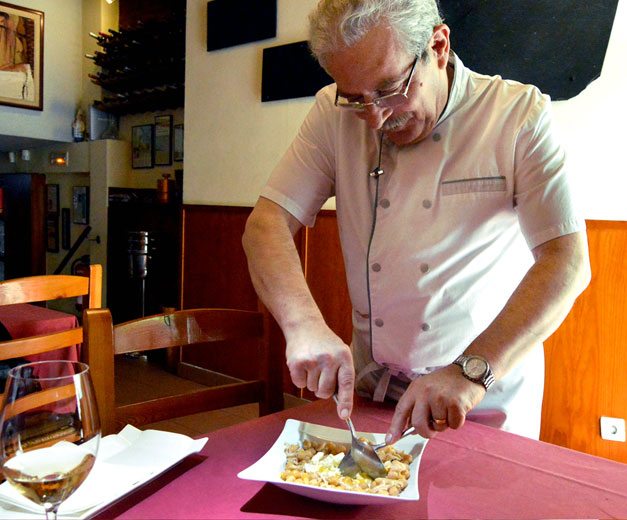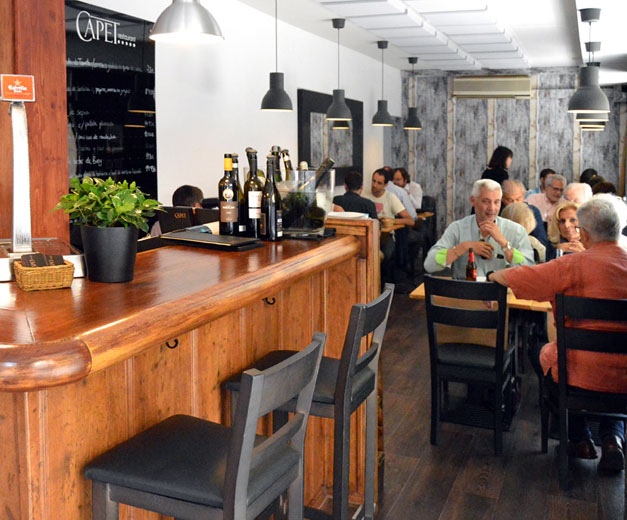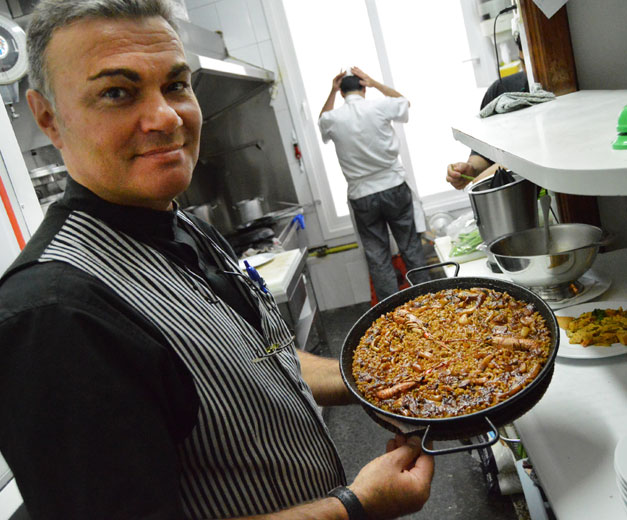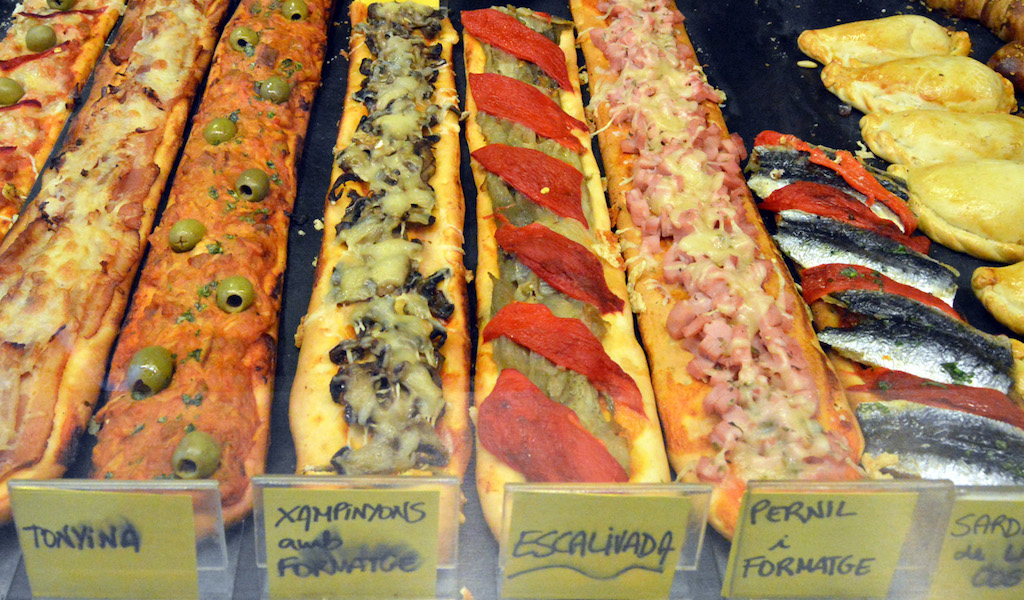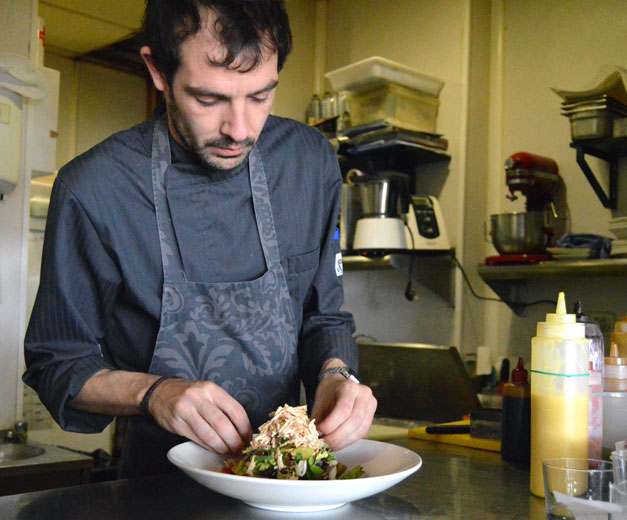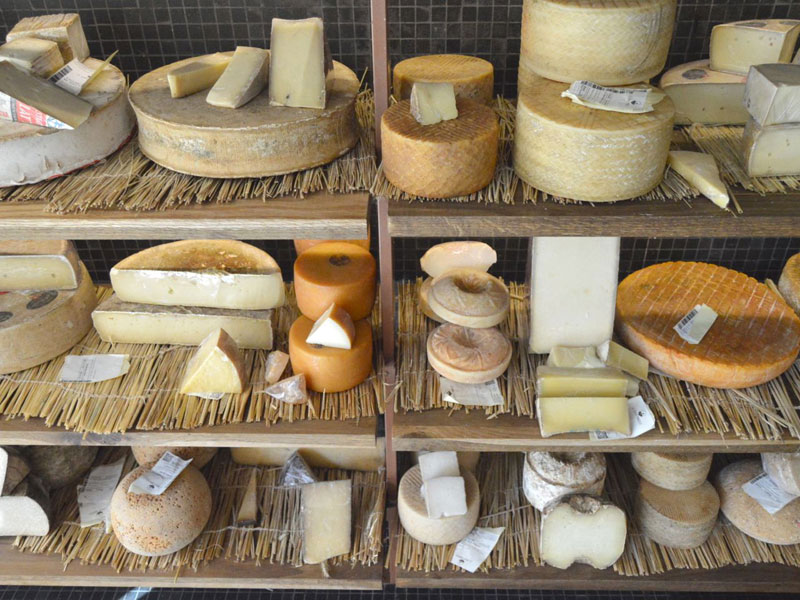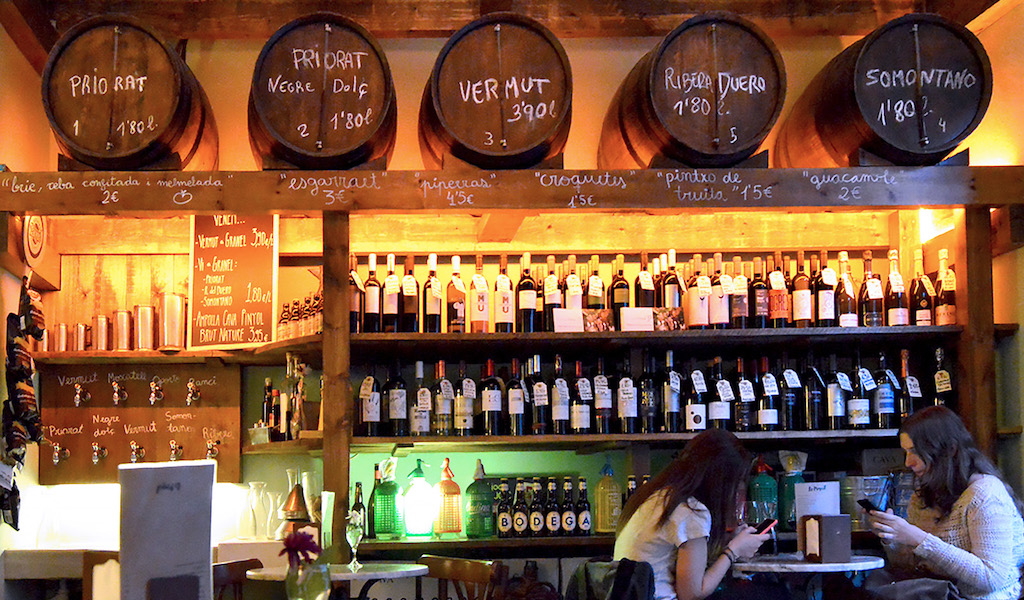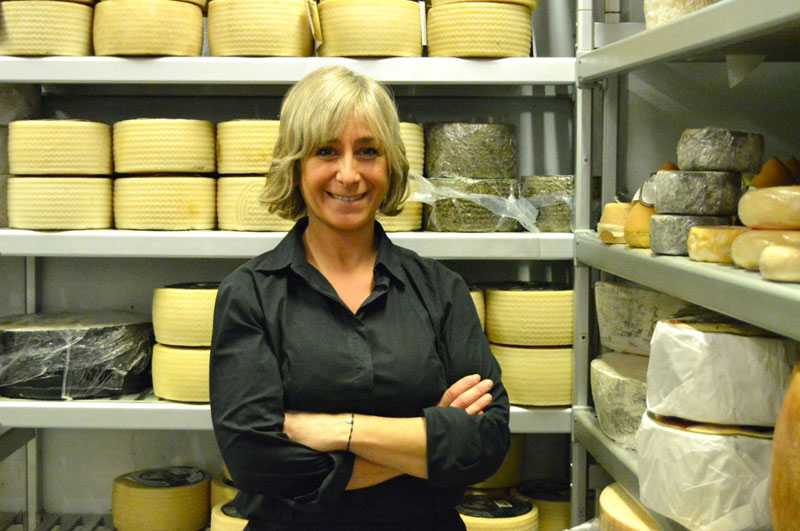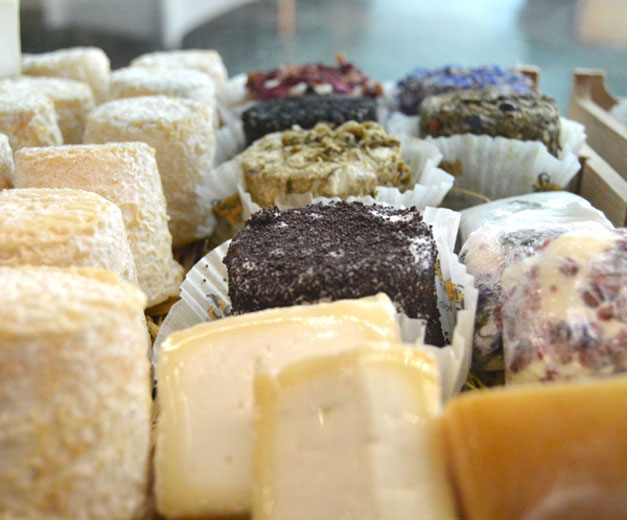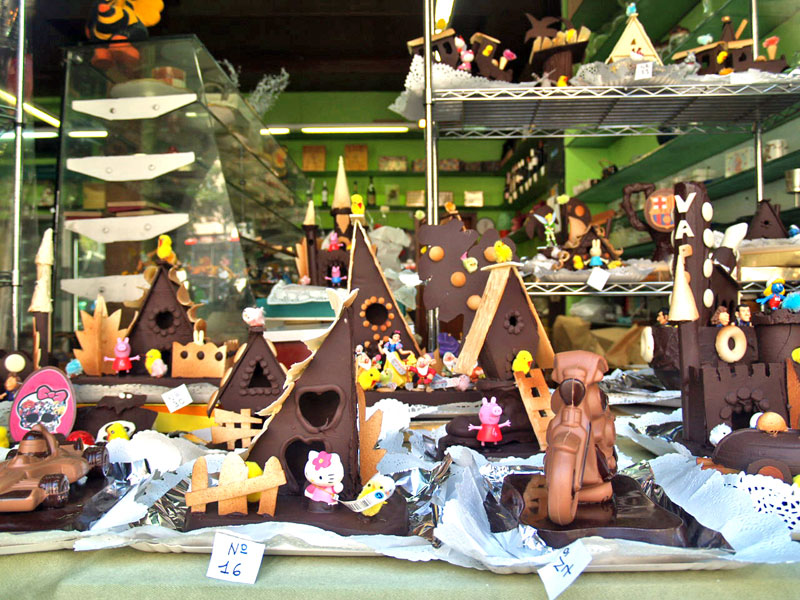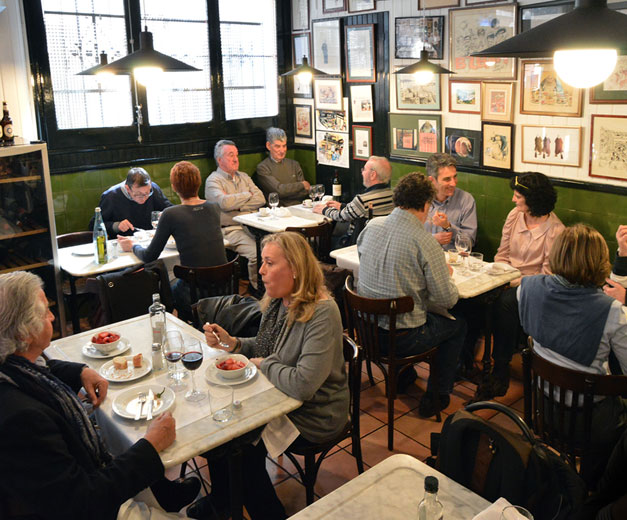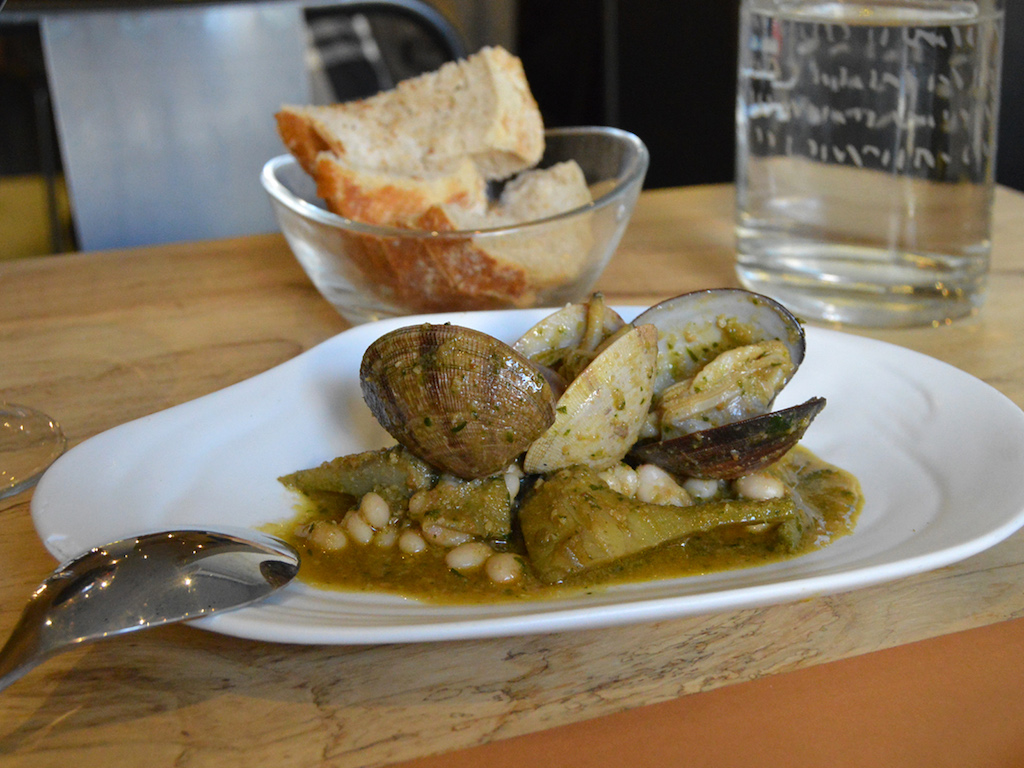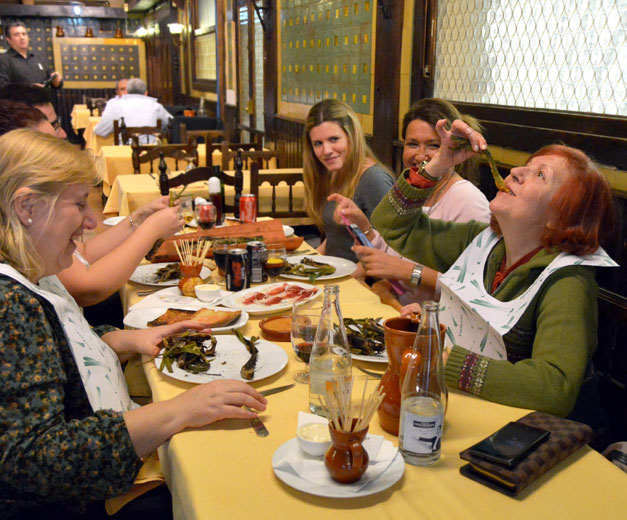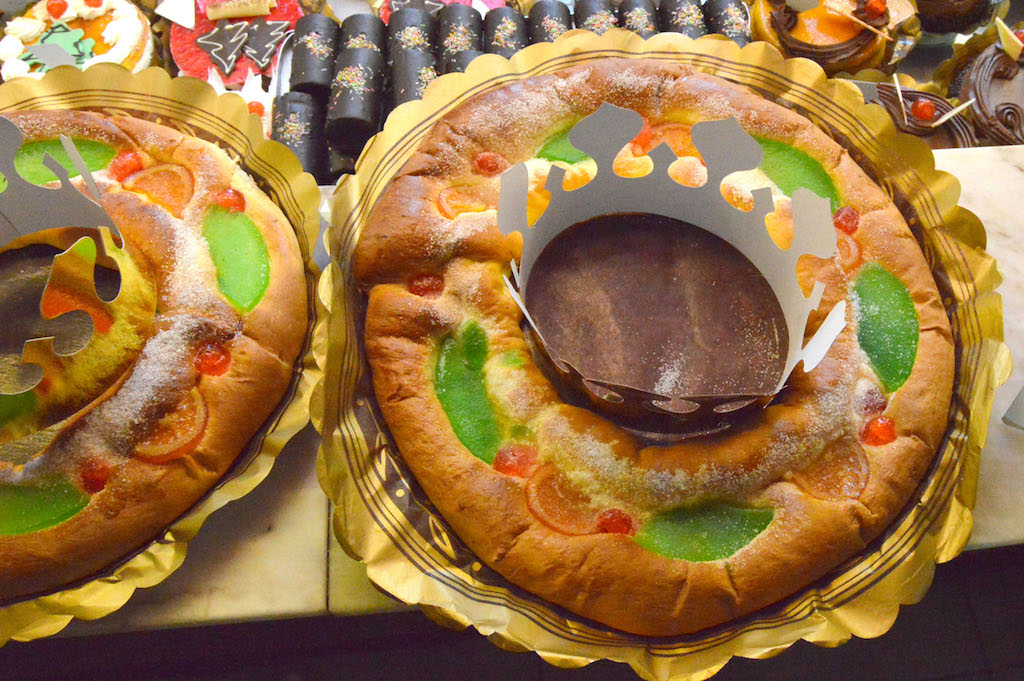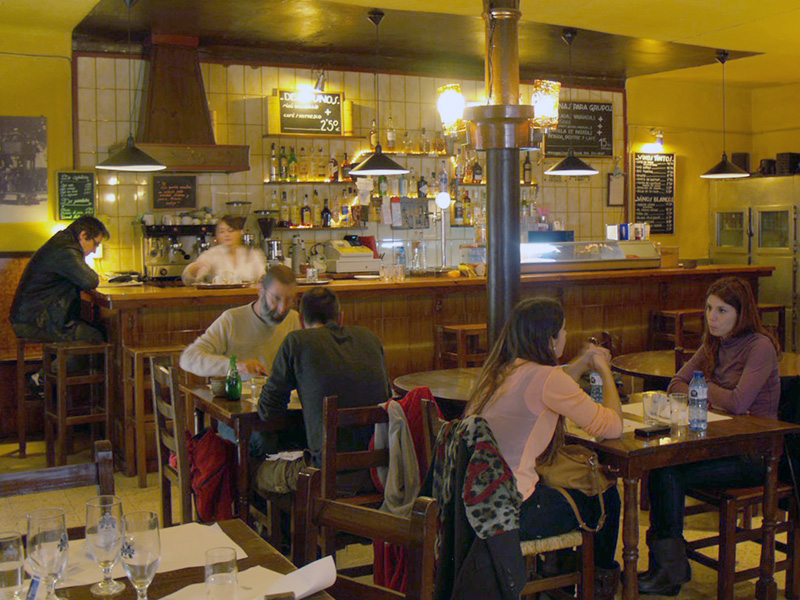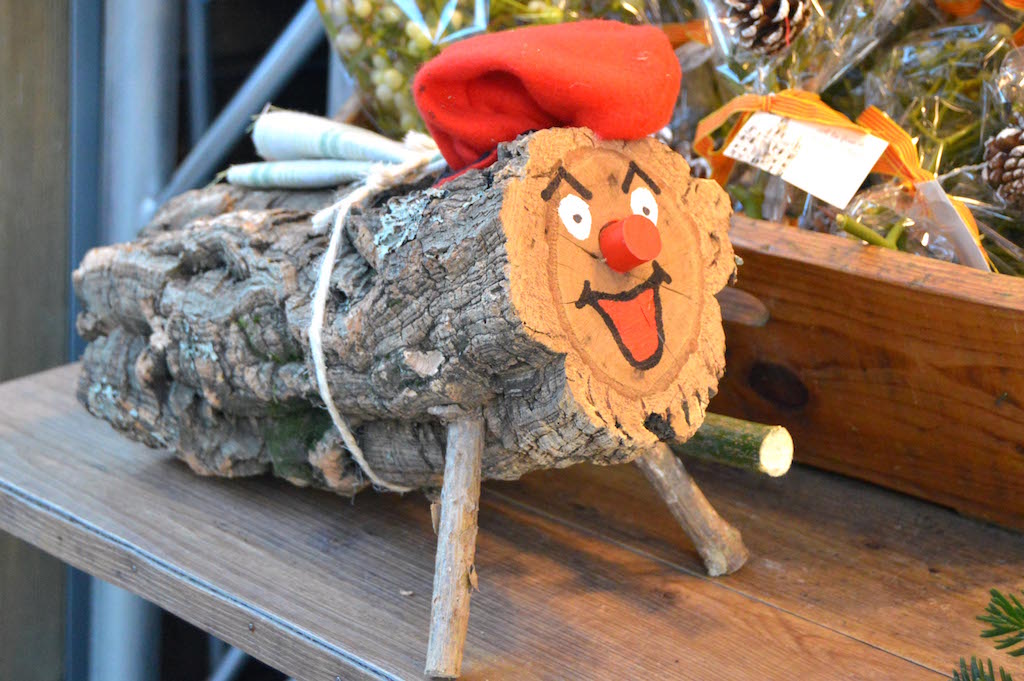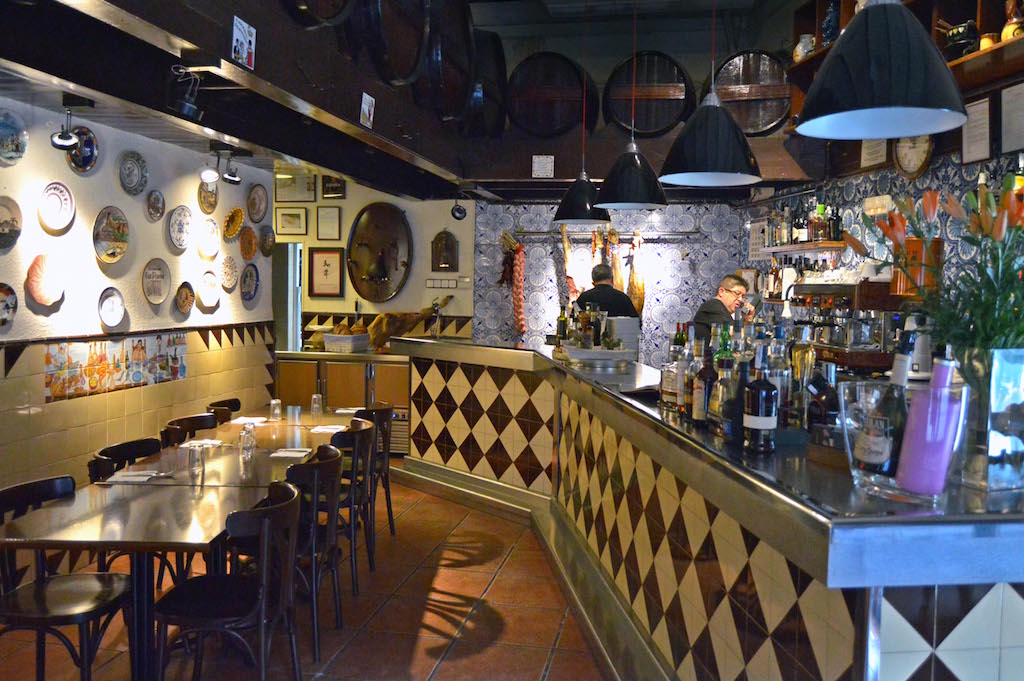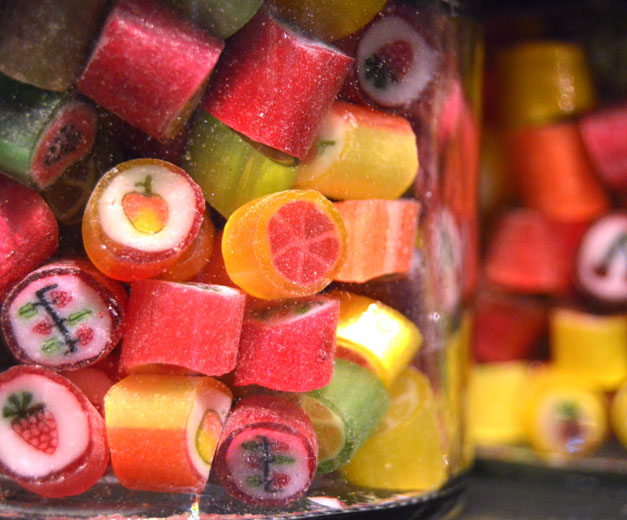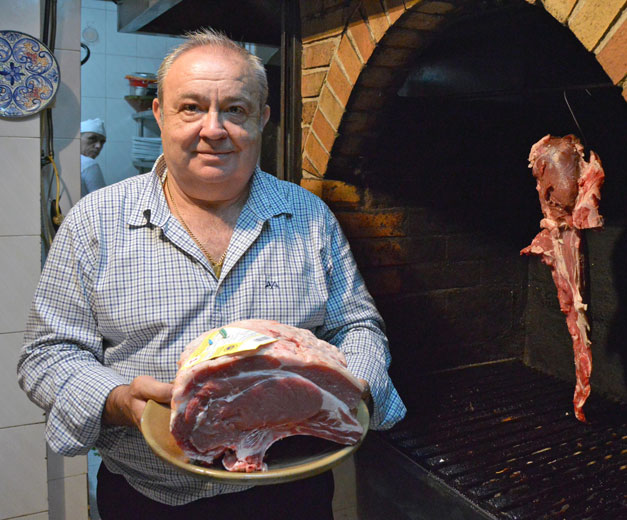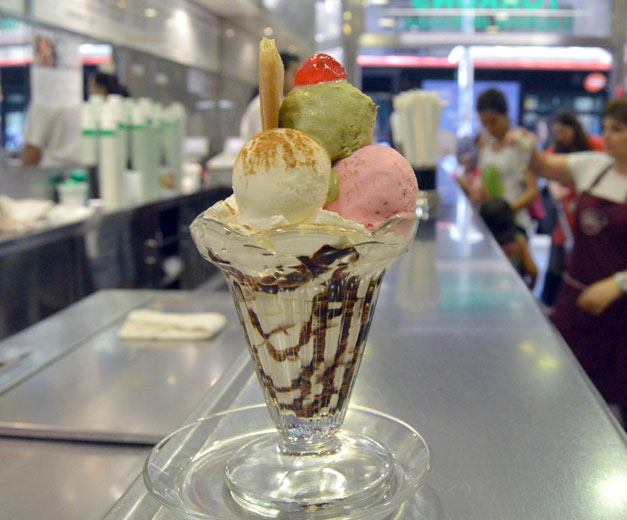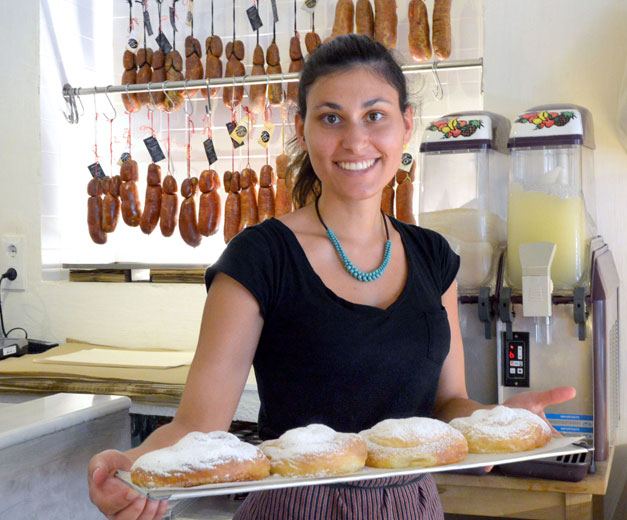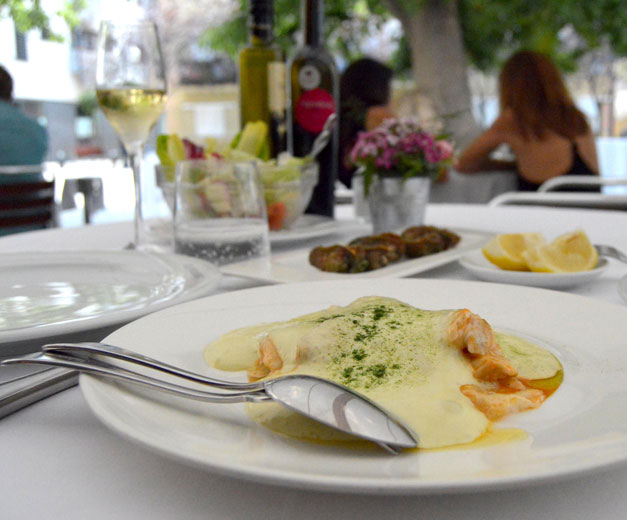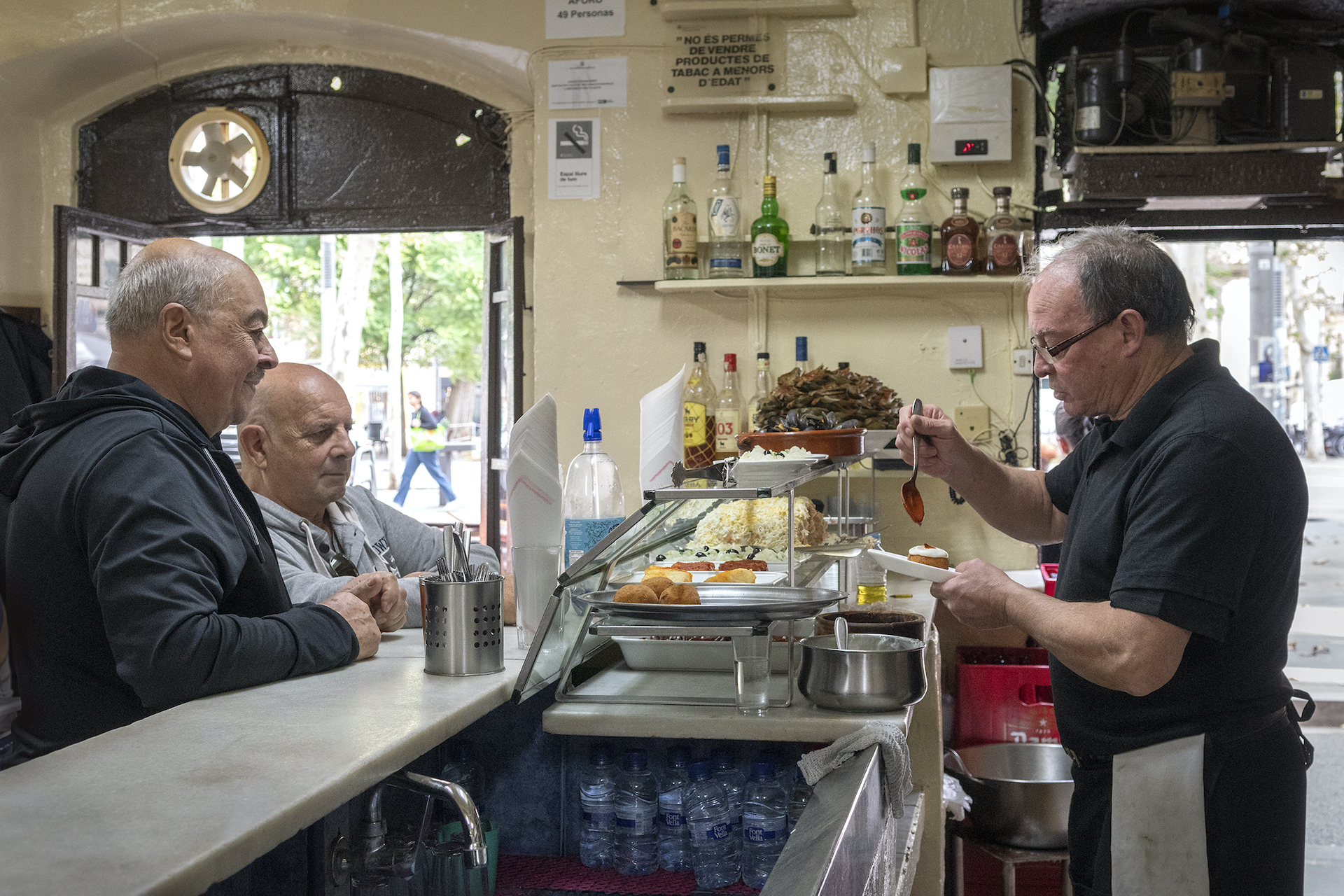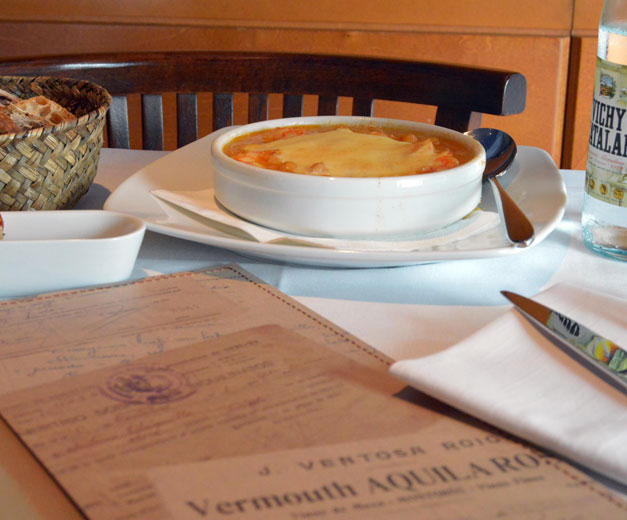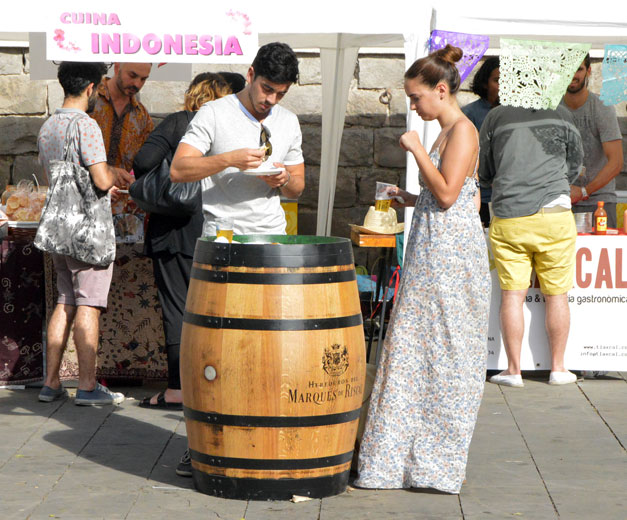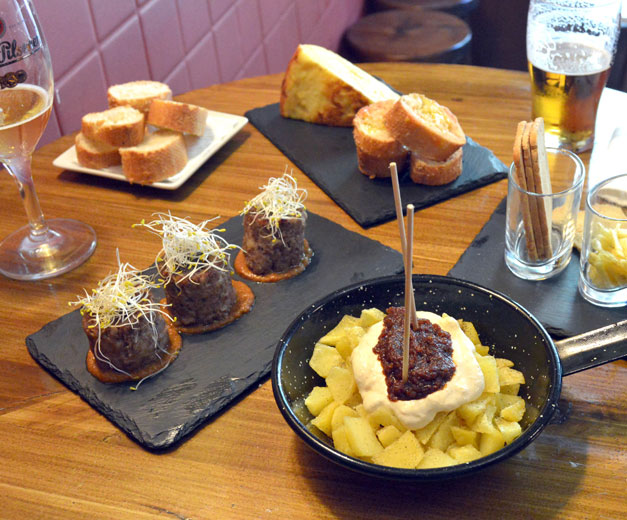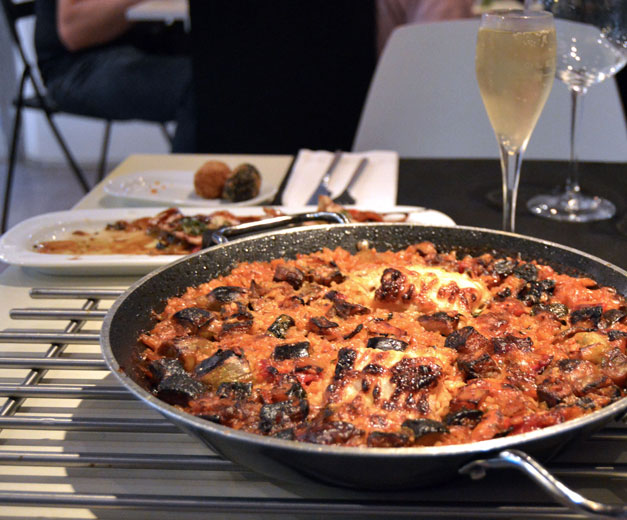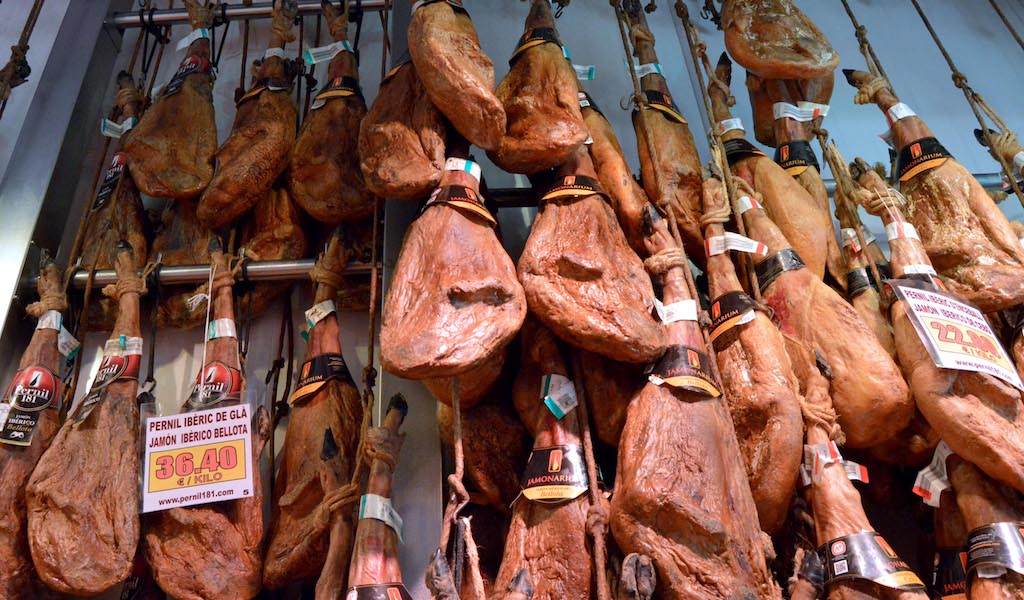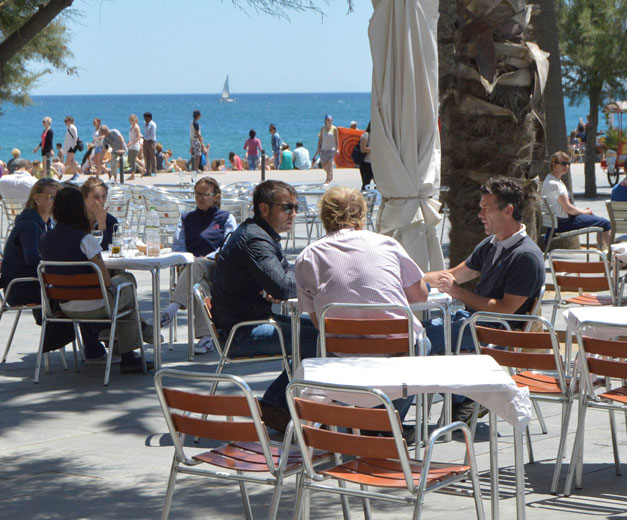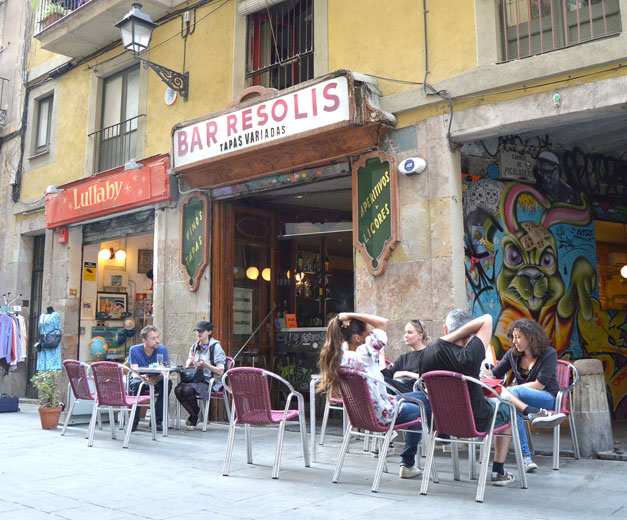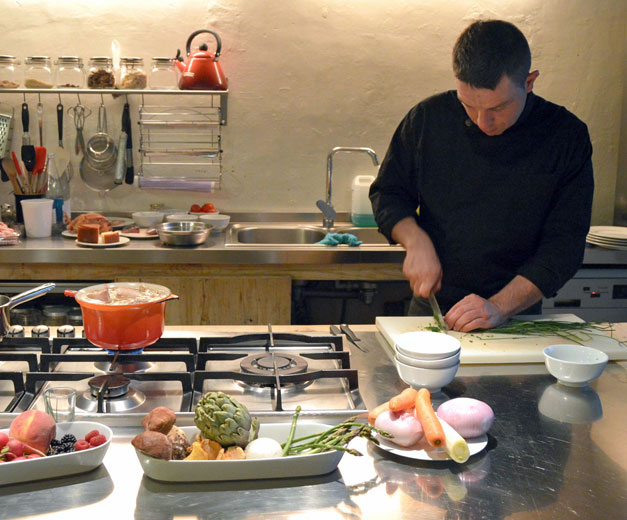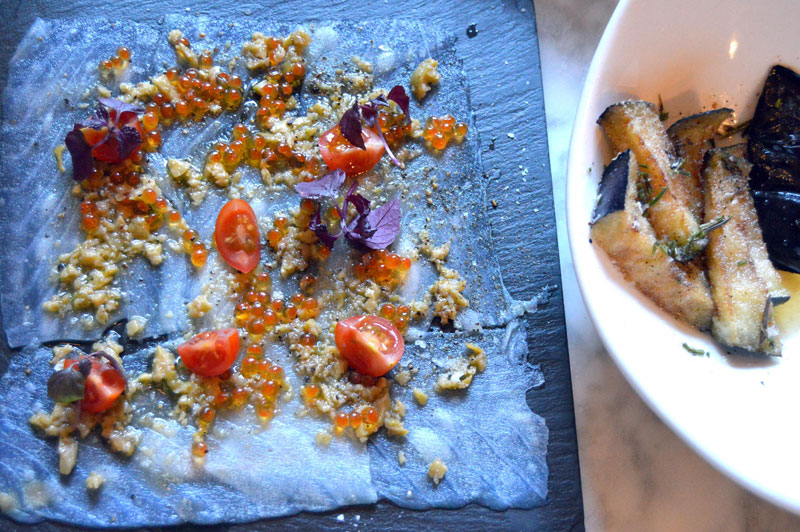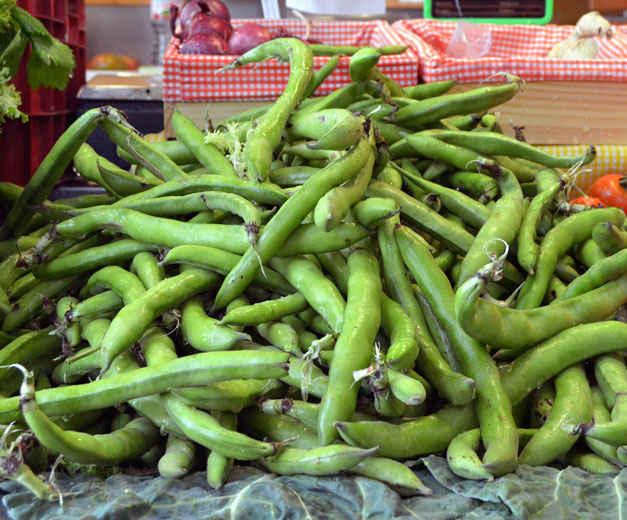We can't find the internet
Attempting to reconnect
Something went wrong!
Hang in there while we get back on track
Search results for "Paula Mourenza"
Barcelona
¡Salud!: Barcelona's Top 5 Places for Vermouth
Why are you seeing colorful, 1960s-era carbonated water siphons everywhere in Barcelona? Because they’re the symbol of our beloved vermut ritual. The phrase hacer el vermut (literally “to do the vermouth”) in Spain has for decades described not only that delicious beverage, but also any kind of pre-lunch aperitif. But since the end of the 19th century in Barcelona, the vermut ritual – a fresh drink accompanied by tapas composed usually of preserved food, cold cuts, cured or marinated fish or seafood – has been a way to bring people together before meals. Perhaps no one is more responsible for vermouth’s popularity here than Flaminio Mezzalama, the Italian Martini & Rossi representative in Spain, who in the first decade of the 20th century opened two beautiful Art Nouveau vermouth bars, which became hugely popular. Mezzalama died in Torino in 1911, but the fame of vermouth in Catalonia only grew, with local investors putting their money into production of Catalan vermut.
Read moreBarcelona
Coca de Recapte: Flat Food
Coca is a word used in Catalonia and neighboring regions for many kinds of baked doughs and pastries, both sweet and savory. The Catalan and Occitan word has the same root as “cake” and comes from the Dutch word kok, which entered the local lexicon during the reign of the Carolingians in Catalonia (759-809)
Read moreBarcelona
Lo Pinyol: Book Club
Bars and literature are like bees and flowers: two separate worlds linked to each other through a symbiotic relationship that benefits both. Writers and characters have been the natural inhabitants of taverns and pubs in Dublin and London, bohemian cafés in France, Vienna and Madrid, and, of course, the old neighborhood restaurants and bodegas of Barcelona.
Read moreBarcelona
La Ruta del Bacallà: Follow the Fish
Salt cod has been a staple on the Iberian Peninsula for centuries, but in the last few decades overfishing and changes in eating habits have resulted in a significant drop in bacallà consumption. Only recently has the fish begun returning in greater numbers to our tables, and it has also become the focal point for an annual gastronomic celebration: La Ruta del Bacallà. There’s a popular saying on the Iberian Peninsula that there is one cod recipe for every day of the year, but in truth, the number is upwards of 500. In Spain, there are hundreds of cod recipes dating from the Middle Ages, with a multitude of regional variations. The most notable and sophisticated ones come from Basque country and Catalonia.
Read moreBarcelona
Bean Week: Catalonia's Many-Splendored Beans
Known in Catalan as mongetes – “little nuns,” as Catalonia’s oldest kind of beans resemble the pale face of a nun in her black habit – or fesols, from the Latin phaseolus, beans are an integral part of the region’s culinary traditions. If Catalan home cooking could be represented by a single dish, it would be butifarra amb mongetes, peppery pork sausage which is either grilled or fried and served with a little mountain of delicious beans: simple, filling and soul-warming. But in Catalonia the number of dishes made with legumes is infinite. In fact, many local restaurants offer a choice of beans or potatoes to go with all manner of seafood or meat preparations, from chicken to pork or veal, or from cod to squid or sardines.
Read moreBarcelona
Best Bites of 2014: Barcelona
Editor’s note: The year is coming to an end, which means it’s time for us to look back on all the great eating experiences we had in 2014 and name our favorites among them. Can Pineda At this tiny, century-old restaurant in the neighborhood of El Clot, we ate a simple dish of guisantes lágrima (“tear-shaped peas”) with little bits of jamón ibérico, one of the most delicious culinary treasures we have had all year – and one we will remember for a long time to come.
Read moreBarcelona
Eat the Vote: Food and Catalan Independence
On November 9, Catalonia conducted a straw poll on independence, with more than 80 percent voting in favor of secession, and more than 10 percent voting for statehood without independence. In spite of a ruling from Spain’s Constitutional Court to suspend the vote, the regional government, under the leadership of Catalan president Artur Mas, was able to proceed with this more symbolic poll thanks to support from 40,930 volunteers. The general atmosphere was civil and calm, but the prevailing mood was clear from the numerous flags, pro-independence T-shirts and yellow signs everywhere proclaiming, “We want a new country!”
Read moreBarcelona
Mercat de Mercats: Barcelona's Market Festival
La Boquería is undoubtedly one of the most famous markets in the world, but there are 43 markets spread across Barcelona, each with its own unique charms. Once a year, they can be experienced all at the same time, in the same place. From October 17 to 19, 265,000 visitors thronged the square in front of Barcelona Cathedral for the fifth edition of the Mercat de Mercats (Market of Markets) festival, which gathered 40 stalls, 30 local artisan producers, 40 chefs with 17 Michelin stars between them and 14 of the city’s best restaurants. The festival offers an amazing opportunity for locals and tourists to taste the dazzling array of Catalan flavors and to get to know the city’s neighborhood markets.
Read moreBarcelona
Butifarring: Tubular Gastronomy
[Editor's note: we're sorry to report that Butifarring is now closed.] Gourmet fast food has swept through Spain at full speed. It comes in multiregional styles and with strong creative inspiration behind it – and, most importantly, the food itself can be exceptional.Eric Camp, Albert Gómez and their three partners are a good example of this, with their sausage-centric project, Butifarring, and their first small venue in Barrio Gòtico, which is much more than a Catalan hot dog or sandwich place.
Read moreBarcelona
CB on the Road: Madrid's New Wave Markets
On recent visits to Madrid, we’ve noticed that a new breed of food market has taken hold of the city’s attention. While the traditional kind with food stalls slowly disappears, vibrant, culture-focused gastromarkets are booming. In addition to great food, they offer a mix of businesses, along with cooking demos, live music, exhibitions – the list goes on. In 2009, the private society El Gastródomo de San Miguel refurbished a beautiful building that was built in 1916 and located very close to Plaza Mayor. It was opened as the “culinary space” Mercado de San Miguel. Though the initial inspiration was Barcelona’s La Boquería, San Miguel is utterly different, with its own colorful, unique personality. The market is dedicated not just to selling quality seasonal foods, but also to allowing visitors to enjoy them in situ, at tables and chairs distributed throughout common areas. They can choose from cod, fresh shellfish and other seafood, various vermuts, pickles and olives, paella, churros, Spanish wines, international beers, delicious Iberian ham and cured sausages and cheeses, ice cream and non-Spanish items, such as pasta or sushi. Unsurprisingly, the concept has been a hit, and other similarly styled markets have since popped up around the city.
Read moreBarcelona
Ratafía: A Midsummer's Night Drink
In Catalonia around the summer solstice, we make one of our most traditional liqueurs, ratafía, for which the herbs, fruit and flowers that are macerated in alcohol must be collected on Saint John’s Eve, or June 23. This highly aromatic digestif has long been believed to have medicinal properties. There’s even an old Catalan rhyme along those lines: Ratafía, tres o cuatro al día (“Ratafía, three or four per day”). Different versions of the liqueur have been made for centuries in eastern Spain and some regions of France and Italy but, like the other herb liqueurs throughout Europe, they originated from the Ancient Roman and Greek custom of macerating fruit and herbs in wine, from Arabian perfume distillation and from the sophisticated medieval distillations in monasteries and convents that created the first aguardientes, or grape-based, medicinal liqueurs.
Read moreBarcelona
Spanish Food Idioms: Going Full Milk
You are what you eat, as the saying goes. Is it any surprise, then, that food figures so largely in popular culture all over the world? In Spain, we have a veritable cornucopia of food-related expressions. Here’s a taste: Dar una torta, “to give a cake.” To slap someone. But darse una torta, “give a cake to yourself,” means you hit something else. It’s a mild, lighthearted expression, even with tortazo, which is a bigger biff, and comes from the funny old circus setup where a clown throws a cake into the face of another clown.
Read more
